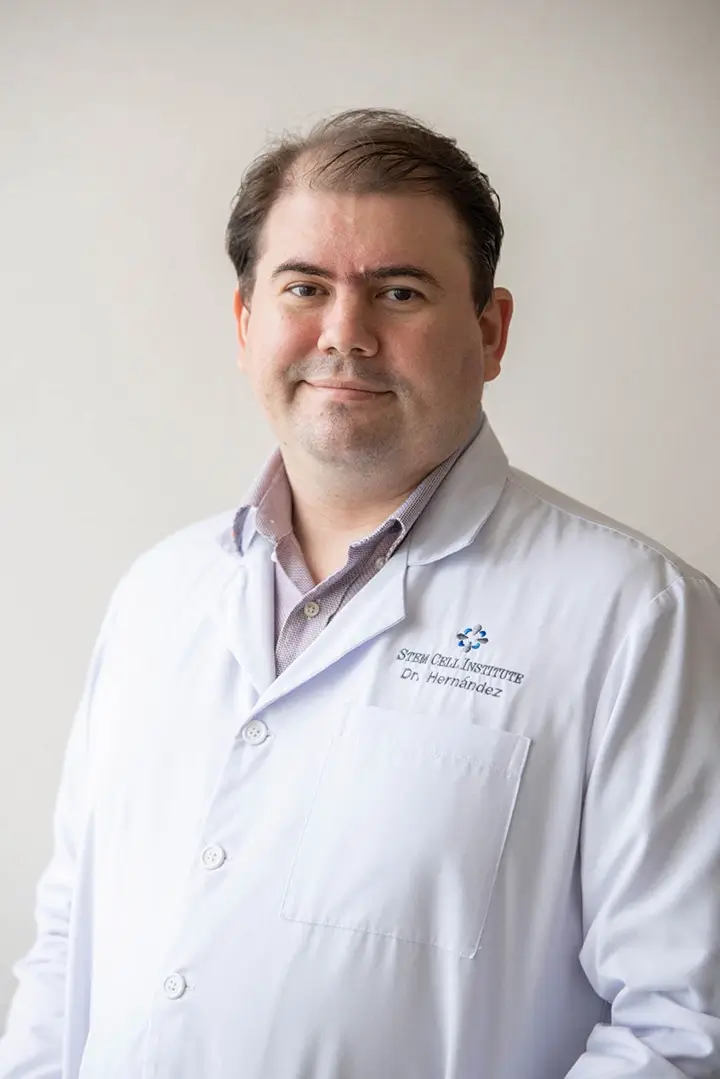Three biotech companies are currently preparing for their upcoming clinical trials that will test the therapeutic value of their proprietary embryonic stem cell products. In the midst of such preparation, the U.S. FDA (Food and Drug Administration) convened a panel of experts yesterday to examine the safety concerns associated with such proposed therapies, not the least of which is the risk of cancer.
It is a well-established fact that embryonic stem cells cause the formation of a specific type of cancerous tumor known as a teratoma; indeed, such a feature of embryonic stem cells constitutes their defining trait. An embryonic stem cell is a cell which, by definition, forms a teratoma, and this remains the universal laboratory test by which embryonic stem cells are identified throughout the world. This test is the global scientific standard of measurement: if a cell forms a teratoma, then it is recognized as being an embryonic stem cell; if a cell does not form a teratoma, then it is recognized as being just an ordinary adult stem cell or some other type of cell. Adult stem cells, by stark contrast to embryonic stem cells, carry no such risk for the formation of teratomas. These facts are well known and well understood throughout the scientific community, and always have been, although they are not often reported to the general public by the media.
The three companies under current scrutinization, namely, Geron, Advanced Cell Technology, and Novocell, are in the process of planning their imminent clinical trials to test embryonic stem cells in the treatment of, respectively, acute spinal cord injury, visual impairment, and diabetes. Following the announcement by the FDA, yesterday’s discussion among a panel of experts focused on the many unanswered questions that are associated with the as yet unproven safety and efficacy of embryonic stem cells.
Ever since 1999, when an 18-year-old patient named Jesse Gelsinger died four days after receiving experimental gene therapy in a clinical trial, FDA regulators have been particularly sensitive to potential risks that may be associated with clinical trials, and justifiably so. Any further undesirable medical conditions that may result from clinical trials would not only constitute personal tragedies for the individuals involved, but such consequences would also constitute severe policy setbacks for the entire FDA approval process as a whole. Currently, with human embryonic stem cells, the dangers are already well documented and no successes to date have ever been reported or published. Thus far, human embryonic stem cells have never been used to treat any human disease or injury, precisely because human embryonic stem cells have proven to be so highly problematic in the laboratory. By dramatic contrast, however, adult stem cells are already being used in numerous clinics around the world to treat a wide variety of diseases and injuries, efficaciously and in most cases without any side effects.
According to the authors of this review, “Scientists know that undifferentiated stem cells can form a benign mass known as a teratoma when injected into animals, and they fear that a safety incident in the first round of clinical trials could devastate the already-troubled field. The cell therapies under development use differentiated cells, but the possibility remains that some undifferentiated cells may be left in the mix.” While teratomas are technically classified as “benign”, in the sense that they do not metastasize, they do have a malignant counterpart known as a teratocarcinoma, which may also form from embryonic stem cells. It should also be noted that a person can die from either of these tumorous forms, including the so-called “benign” teratoma.
The committee convened by the FDA plans to release a formal guidance statement, formulated at yesterday’s meeting. Meanwhile, however, the 3 companies under consideration remain undaunted, with Geron in particular insisting that they will proceed with plans for clinical trials with embryonic stem cells that will commence in the summer of this year.

